blog
Don’t Blame EVs For This Fire

I’m not sure if you caught this one on the news recently but recently, Luton Airport in London was shut down because of a major fire that ripped through a full car park, writing off over 1000 cars. It wasn’t long until someone posted videos of this on YouTube and other social media, with at least one video – which went viral – either suspecting or outright blaming EVs for the fire and even claiming that this would kill the EV market.
Well, we all know that the social media is not the most reliable source of new, unless its news about your family members and friends that they post directly (and even then, it can be dodgy!). According to the officials investigating the fire, it looks as though a diesel car was to blame. All vehicles get pretty dramatic when fire is involved, either thanks to being full of a highly combustible substance (petrol or diesel) or prone to thermal runaway in the case of a short-circuit (in the case of EVs) or both (hybrid vehicles), so once the fire got started, every new car involved in the blaze made the problem worse. On top of that, the building didn’t have a proper sprinkler system. What were they thinking?
Were EVs involved in the Luton Airport car park fire? Well, given that London usually has a congestion charge but exempts EVs from this, I think it’s safe to say that a few EVs would have been caught up in the inferno. However, it looks as though they weren’t the cause. The claims probably arose because there have been warnings put out by several fire departments and authorities that lithium batteries are one of the most rapidly growing causes of fires. However, it’s not EVs that tend to get the firefighters called in. Instead, the more culprits are e-bikes and e-scooters that have been plugged into the charger for too long, resulting in the battery overheating and triggering thermal runaway.
EV fires are not particularly common because the designers know about the problem and have done their darnedest to prevent them happening. They are still working to ensure that the battery pack can’t be damaged easily, as anything that crushes or punctures the battery pack can trigger a reaction. The problem is that lithium battery fires burn differently from petrol or diesel fires (and a lot hotter), and the technique of putting them out quickly is different, and it’s something that firefighters may not have been trained in, although that’s changing as EV uptake increases – to say nothing of those annoying e-bike and e-scooter fires. This is partly because starving the reaction of oxygen (which works for combustible things) doesn’t work in the case of thermal runaway. The difference between the way ICEs burn and the way EVs burn is reminiscent of some of the advice given by Marmie in Little Women:
He has a temper, not like ours—one flash and then all over—but the white, still anger that is seldom stirred, but once kindled, is hard to quench.
It’s not the case that EVs are more prone to catching fire because of the batteries. Petrol and diesel cars can also burn nastily, though probably not the way you see them do in the movies, where even one bullet turns a car into a fireball. It’s just that EVs are different, and what causes them to catch fire can be unexpected, so people don’t know to avoid the risk.
So what can you do to minimize your risk of a fire in your new EV? Here are some tips I’ve come across:
- Watch out for sharp objects on the road. Physical damage to the battery can trigger thermal runaway – in fact, this is probably one of the most notorious causes of EV fires. Potholes can be quite nasty, so if you end up driving an EV through one of these, get it checked pronto. The same applies to loose stones. This is probably also the reason why EVs aren’t as popular in circles and places where serious bush-bashing happens and dirt roads are common, as the potential for damage is much higher.
- Keep the car at the right temperature. An EV is like Goldilocks – it doesn’t like to sit somewhere too cold (in which case, the battery will sulk) and it doesn’t like being too hot either. In a well-ventilated garage is probably the best, with air conditioning if you live in a particularly hot part of the country, or at least in the shade in summer.
- Avoid charging the battery to 100%. Stop short of the maximum. Overcharging is usually the root cause of fires in smaller lithium batteries (phones, e-bikes, laptops, etc.). It’s recommended to keep the battery level between 20% and 80%. This may mean that you have to be more vigilant when charging your vehicle and keep an eye on progress, either via an app or in person.
EV Etiquette
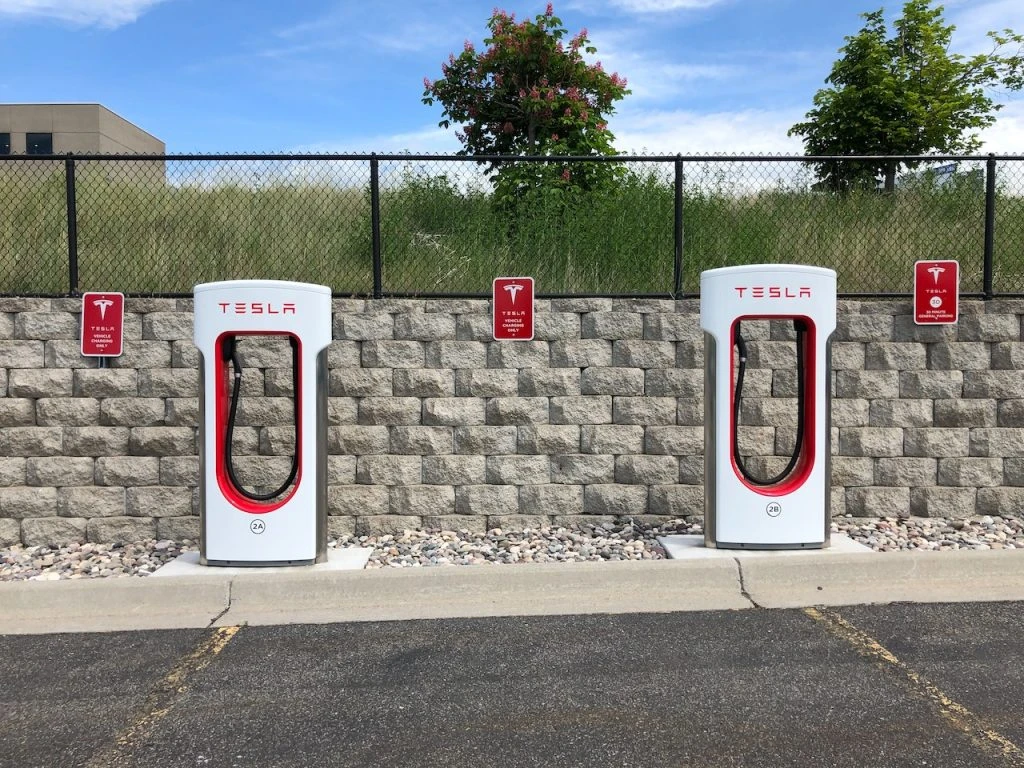
I recently came across a news article about another publicity-related EV road trip in the USA, this time involving the US Energy Secretary. I won’t go into the full details of the road trip in this article (you can read it here ) but it seems as though Ms Granholm was guilty of some very, very bad manners. Specifically, the people in this road trip convoy encountered the same problem as the CEO of Ford USA in his Route 66 road trip, namely that there was a bit of a shortage of EV charging points. You may be scratching your head at this point, as you’ve probably seen a few of these stations cropping up all over the show – they seem to be in the carparks of every second big box store. However, you have to remember that although there seem like there are plenty of them and they’re easy to find, charging up takes a lot longer than filling up. If you come along to a petrol station and you find that all the bowsers are taken, you won’t have to wait more than a few minutes until one comes free and its your turn. However, in the case of an EV charging station, you’ll have to wait for the other person to finish charging (which could be more than half an hour) and then you’ve still got to charge your own vehicle. This can put a serious dent in your working day if you hadn’t planned for that extra time.
The very rude solution found by Granholm et al. was to send an ICE vehicle ahead of the convoy to park in the EV charging space to reserve it, and they got away with this, as that particular state didn’t have a law against ICE vehicles parking in EV charging spots. However, it put quite a few backs up, especially for one family that came along with a grumpy baby in their EV really, really needing to juice up so they could run the air conditioning. Not a good look at all.
Of course, this highlights a problem with the infrastructure that it’s beyond you or me to solve. If governments are serious about encouraging the uptake of EVs, then they’re going to need to do something about charging stations (and capacity for electricity generation, but that’s another story). Nevertheless, given that EVs are probably here to stay, what can you do to ensure that you don’t become one of those drivers who gives EVs a bad name? Here’s a list of my top tips:
- Factor in the possibility of other people using the charger when you plan your trip and calculate the time needed. You may not be able to guarantee a spot at the DC fast charger.
- If someone gets to the charger before you do, don’t throw a hissy fit. They’ve got as much right to it as you do. Definitely don’t do anything pushy, like sending someone ahead to stand (or park) in the spot you want, or start a fight (yes, this has actually happened).
- Think of public charging points as emergency top-ups. It’s not like the situation with ICE vehicles where you can only fill up at the garage. So charge at home (and at work) as much as you can. If you don’t have to use the public charger, don’t.
- If you have to go slowly because you’re running out of charge and the nearest charging station is still a few kilometres down the road (what my ICE-driving brothers refer to as the Nissan Leaf Limp), don’t hold up traffic behind you. Pull over to the side and let them pass.
- Never unplug someone else’s vehicle from the charger while its charging, even if that car is unattended. Some apps may allow you to unplug a fully charged car, but if you don’t know for certain, then don’t do it.
- Don’t just park in the charging point, even if you are driving an EV. They are charging points, not EV-only car parks.
- Some charging points have time limits. Respect these.
- If you’ve left your car to charge while you do a spot of shopping, keep an eye on progress via the appropriate app on your phone.
- Above all, remember that although you have an EV and you’re doing it to save the planet, this does not give you the right to be a jerk to people who drive ICEs (and they don’t have the right to be jerks to you, either). Be proud of your choice, sure, but don’t look down on other people – they might not be able to afford an EV, or an EV might not suit their workplace, or they might be country bumpkins for whom EVs don’t really work. So be a good EV ambassador.
Cute and Crazy Convertibles

Temperatures are heating up now, and with the excitement of warm days and summer sun ahead of us, what better way to get around Australia’s best roads than in an open top car? This year has some exciting convertibles you can buy new. But if you can’t quite afford that pricey new Porsche Boxter, then there are always some of those classic rides out there; rides like a legendary Mazda MX-5, BMW 3 Series Cabriolet or even a Volkswagen EOS. If a classic car doesn’t float your boat, then let’s take a look at the new models on offer that deliver real excitement and the pleasures of wind in the hair and sun on the back.
There are two convertibles that are going to get you on the move with the top down that aren’t costing big money. Here they are:
Mazda MX-5
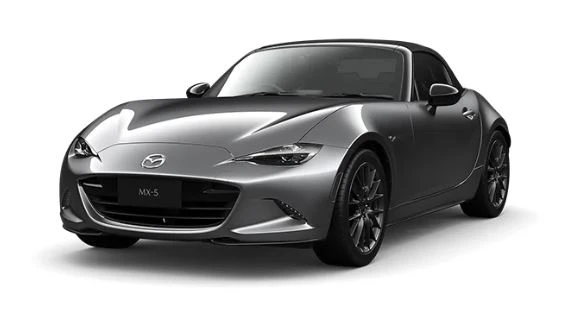
Yes, they are still making them! The latest generation Mazda MX-5 is still as delightful to drive as the very first model that rolled out of the factory in Japan. That cheeky look, sweet little engine, and perfectly balanced handling make the Mazda MX-5 very hard to walk past. And if those attributes don’t clinch the deal for you, then the price will make it ten times harder. Mazda is selling the 2023 MX-5 Convertible for anywhere between $42 and $54k depending on the model of your choice (there are six). Sprightly performance doesn’t have to be thirsty, and with the 2.0-litre engine developing 135 kW of power and 205 Nm of torque, the small Mazda MX-5 is a sparkling car to drive. You have the option of a six-speed manual or auto transmission, and any MX-5 comes with autonomous emergency braking, blind-spot monitoring, rear cross-traffic alert and traffic sign recognition.
MINI Convertible
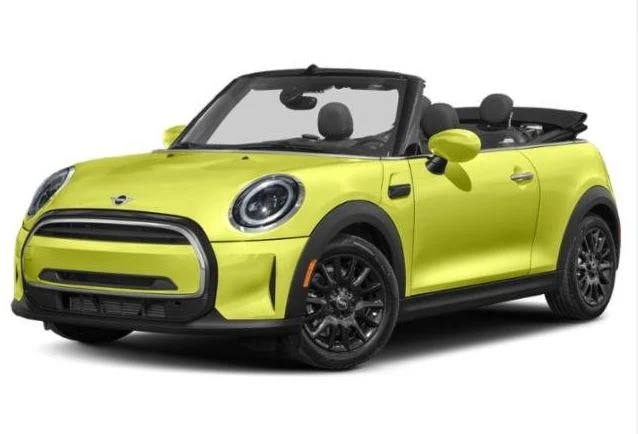
No less than ten MINI Convertibles models can be had from $49–78k. Two robust engine units power the little open-top Mini: these are the 1.5 Turbo and 2.0 Turbo petrol engines. Of course, they come in various performance guises, the most potent being the 170 kW John Cooper Works Minis. Again, this is another Convertible with lovable looks, and the thing about owning a Mini is that you can have your Mini with as many of the options as you like in a way that suits your tastes. The chances are you will be able to make your new MINI Convertible uniquely your own and different from any other, depending on how large your wallet is, of course!
If money isn’t an issue, then there are currently another 20-odd more convertibles for you to choose from. The most insane ones would have to be the Lamborghini Huracan, McLaren 750S, the Aston Martin Vantage, or the Ferrari F8 Spyder and Ferrari 812 GTS. But there are also nice BMWs, Audis and Jags to be had, and even a Lexus. So do go and check them out, as this small list isn’t the complete deal.
But do you really want to know my favourite?
At around $200k it isn’t the cheapest nor is it the most expensive by a long chalk. However, the 6.2-litre petrol 2023 Chevrolet Corvette Stingray with its glorious looks and scintillating drive wins me over hands down. The V8 motor sounds epic when opened up, and with 369 kW and 637 Nm put through an 8-speed automatic gearbox to the LSD RWD set-up with launch control, this is the car dreams are made of. The car’s claimed top speed is 310 km/h, and a 0–100 km/h sprint is ticked off in around 3 seconds.
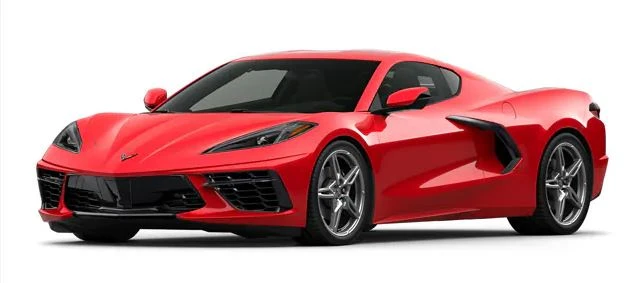
Wind in the hair motoring! Ain’t it the best!
The Ford CEO’s EV Road Trip Reality Check
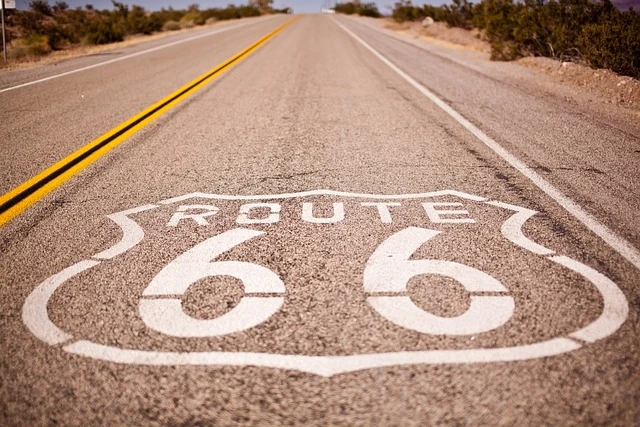
Well, kudos where kudos is due. I came across an automotive news story recently that was too good not to pass on. It’s always good when you read of the CEO of any company getting out of their ivory tower or glass-walled office to get their hands dirty and/or do a bit of road-testing for themselves rather than letting those in the lower echelons do it. That’s exactly what happened recently in the case of Jim Farley, the CEO of Ford in the USA.
Ford USA has been putting a fair bit of R&D investment into the upcoming electrical ute, the F-150 Lightning (not yet available in Australia at the time of writing, but we can keep our fingers crossed). Now, the idea of this vehicle was that it was supposed to be for rural types in rural areas. The idea was to make the sort of thing that belongs in a Country and Western song: the trusty old pickup that can handle dirt roads. However, instead of just leaving things to the developers and the number-crunchers and the sort of people who test battery life and performance under ideal conditions, Mr Farley decided that the best thing to do was to pull a Bertha Benz and take the new vehicle out on the road, partly as a real-world road test and partly as a publicity stunt.
And if you’re going to go on a high-profile road trip across the United States, there’s only one road that springs to mind (hint: it’s not the Pan-American Highway). Yes, Jim Farley headed out in the all-electric Ford F-150 Lightning on the legendary Route 66. Naturally, he posted the highlights of his trip on social media, specifically on Linked In and on Twitter or X or whatever it’s calling itself today. Yes, the fact that the Ford CEO documented his experiences with this ute that’s specifically designed to be a rival to Tesla’s Cybertruck on the platform owned by the CEO of Tesla is deliciously ironic (but I guess it’s proof that Musk is serious about the no censorship thing – so kudos to him as well).
The F-150 Lightning behaved itself nicely on the road, but there was one issue that Mr Farley described as a “reality check”: charging times. Not that he ran out of zap or anything like that, but one thing he found was that when he came to some of the more popular charging stations, all the really fast superchargers were taken up, so he had to plug in to one of the slower ones. He reported that it took him 40 minutes to get to 40% charge, and he acknowledged that this is a “challenge” faced by customers. Superfast charging was great, he found, but the slower chargers, not so much. And, being in the position to do something about it, it looks like plans are afoot to improve the charging infrastructure in the USA.
It would be interesting if someone would do a similar road trip here in Australia. It should include the Great Ocean Road, but as that’s only 240-ish kms long, perhaps the Big Lap on Highway 1 would be a real test (give us your suggestions as to what would be a good test in the comments). Do we have suitable charging infrastructure here to ensure that road trips for business or pleasure – to say nothing of everyday driving – is smooth and efficient? Perhaps we’ll find, like those in the US, that perhaps we don’t have the infrastructure in place to go all-out electric (to say nothing of the ability to generate electricity). After all, EVs are only part of the equation when it comes to cutting down or cutting out fossil fuels, with biofuels and hydrogen being the other pathways that don’t seem to be quite getting enough attention.
However, the longer charging times weren’t all bad. One thing that Mr Farley reported was that there seemed to be something of a community of EV drivers gathering around the charging stations, and perfect strangers would start talking to each other in the time spent waiting for (a) a free charger and (b) the battery to charge. It’s like the car and the shared need created a connection and introduced people. If you’ve got a motorbike, you’ve probably experienced something similar even at petrol stations: other bikers (and former bikers and those who admire bikers) will start chatting. If there’s one thing that we learned during the Covid lockdowns, as well as washing our hands properly, it’s that in-person connections are important. Perhaps the enforced waiting and slowing down of EV charging stations will be good for humanity at a psychological level… or perhaps I’m being idealistic here, as it could equally lead to frustrations and the opportunity for entitled people to show their worst sides.